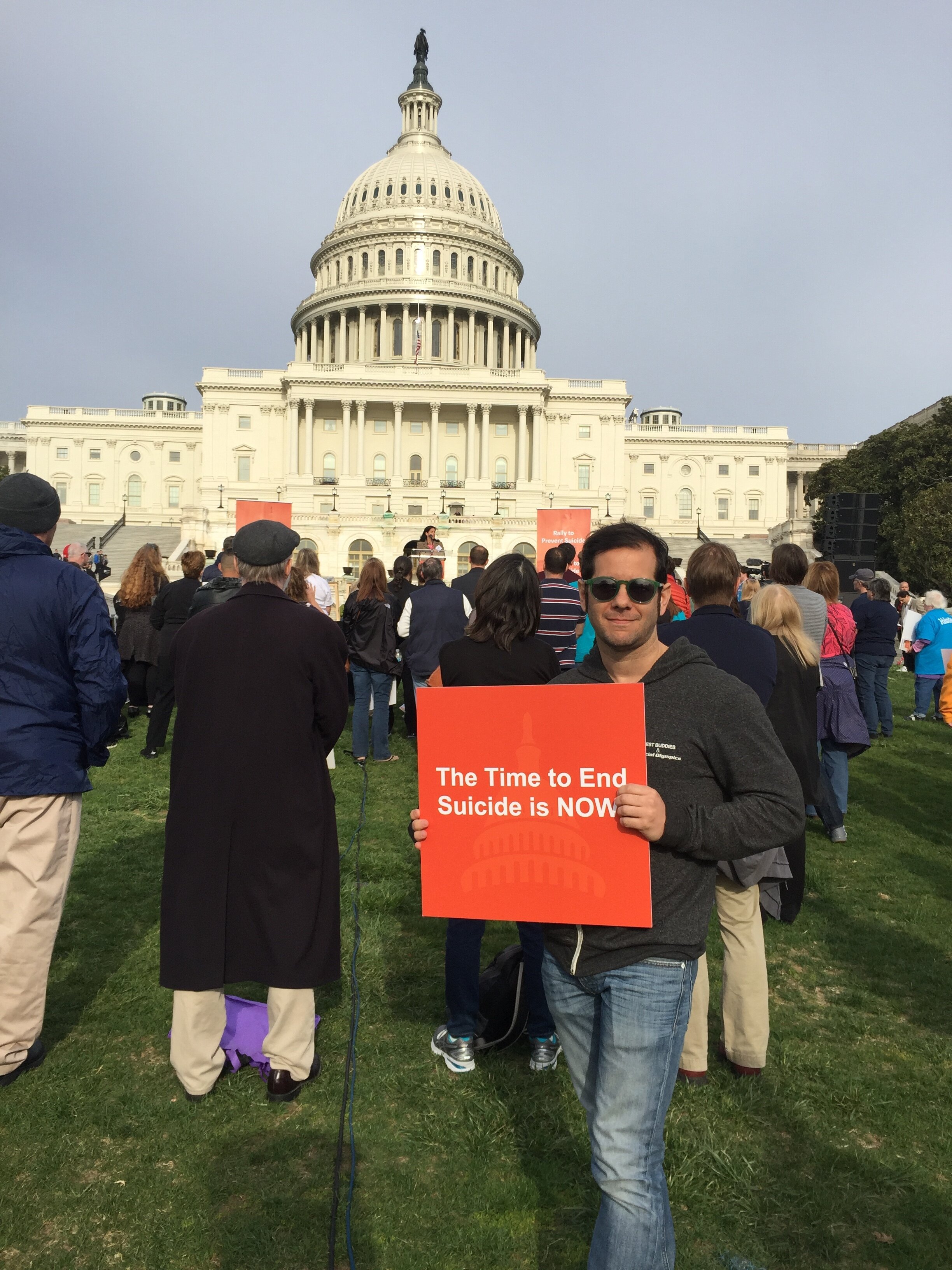The suicide rate in the United States has grown at an alarming rate over the past decade; in 2017, 47,173 Americans took their own lives. My research has examined how American institutions from the Department of Defense to the national crisis response system are working to prevent suicide and how the science suggests such strategies could be improved.
Only titles and publication years provided; coauthor and other publication details provided at links.
Monographs
Comparing the Army’s Suicide Rate to the General U.S. Population: Identifying Suitable Characteristics, Data Sources, and Analytic Approaches (2020)
Can Access to Data Prevent Army Suicides?: Identifying Optimal Response Strategies for Army Leaders (2016)
Suicide prevention hotlines in California: diversity in services, structure, and organization and the potential challenges ahead (2016)
Gatekeeper training for suicide prevention: A theoretical model and review of the empirical literature (2015)
Suicide postvention in the Department of Defense: Evidence, policies and procedures, and perspectives of loss survivors (2015)
Analysis of the Benefits and Costs of CalMHSA's Investment in Applied Suicide Intervention Skills Training (ASIST) (2015)
Developing a research strategy for suicide prevention in the Department of Defense: Status of current research, prioritizing areas of need, and recommendations for moving forward (2014)
Interventions to Prevent Suicide: A Literature Review to Guide Evaluation of California's Mental Health Prevention and Early Intervention Initiative (2012)
The war within: Preventing suicide in the US military (2011)
Journal Articles
Mental health service preferences and utilization among women veterans in crisis: perspectives of veterans crisis line responders (2019)
Increases in demand for crisis and other suicide prevention services after a celebrity suicide (2019)
Suicide prevention in US law enforcement agencies: A national survey of current practices (2018)
Violence, guns, and suicide in New Orleans: results from a qualitative study of recent suicide decedents (2018)
Can the national call to prevent gun violence reduce suicides? (2018)
Expanding suicide crisis services to text and chat (2017)
Detecting changes in newspaper reporting of suicide after a statewide social marketing campaign (2017)
Opportunities to intervene?“Warning signs” for suicide in the days before dying (2017)
Best practices for suicide prevention messaging and evaluating California's" Know the Signs" media campaign (2017)
Characteristics and proximal outcomes of calls made to suicide crisis hotlines in California (2016)
Suicide Risk among women veterans in distress: Perspectives of responders on the Veterans Crisis Line (2016)
The influence of training, reluctance, efficacy, and stigma on suicide intervention behavior among NCOs in the Army and marine corps (2016)
Factors that Influence Chaplains’ Suicide Intervention Behavior in the Army (2016)
Army chaplains’ perceptions about identifying, intervening, and referring soldiers at risk of suicide (2015)
Noncommissioned officers’ perspectives on identifying, caring for, and referring soldiers and marines at risk of suicide (2015)
A Case Study Evaluating the Fidelity of Suicide Prevention Workshops in California (2014)
A prospective investigation of suicide ideation, attempts, and use of mental health service among adolescents in substance abuse treatment (2008)
Brief Research Reports
Adults newly exposed to “Know the Signs” Campaign report greater gains in confidence to intervene with those who might be at risk for suicide than those unexposed to the campaign (2015)
Adults exposed to “Know the Signs” are more confident intervening with those at risk for suicide (2014)
Suicide Rates in California: Trends and Implications for Prevention and Early Intervention Programs (2014)
Racial and ethnic differences in exposure to suicide prevention messaging, confidence in one's ability to intervene with someone at risk, and resource preferences (2014)
Where Would California Adults Prefer to Get Help If They Were Feeling Suicidal? (2014)
Language Differences in California Adults' Exposure to Suicide Prevention Messaging, Confidence in One's Ability to Intervene with Someone at Risk, and Resource Preferences (2014)
Evaluation Tools
RAND's Fidelity Monitoring Protocol for Suicide Prevention Workshops in California (2017)
RAND's silent monitoring protocol for assessing suicide crisis line call content and quality (2015)
RAND Suicide Prevention Program Evaluation Toolkit (2013). A report describing how the toolkit was developed is available here: Development and Pilot Test of the RAND Suicide Prevention Program Evaluation Toolkit
